Dan Ostermiller: Wild Life
showing | August 23 - October 1, 2021
The beloved bronze work of sculptor Dan Ostermiller is considered fundamental to the artistic spirit of Colorado. Wild Life features 28 bronze-cast sculptures in the Emmanuel Art Gallery, including the stately Lynx,newly commissioned for the CU Denver campus. With the upcoming installation of an eight-foot, 1,000-pound Lynx statue, his work will also be fundamental to the spirit of the University of Colorado Denver. The larger-than-life sculpture depicts the CU Denver mascot––a Lynx that was chosen in 2013 by a student-body led initiative. The bronze public art piece brings distinctive identity and visual pride to the CU Denver community on the downtown Auraria Campus.
The son of a well-known western taxidermist, Ostermiller began casting bronze and sculpting using the lost wax process in Loveland, CO, helping establish the town as an artistic center known world-wide for sculpture and metal work. He credits his father’s work and the flora and fauna of Colorado as the influence for his almost 400 cast bronze pieces. Ostermiller states that creating monumentally sized work brings a sensation of the sculpture becoming a “landscape of metal and vast surface.” Capturing wildlife in an exaggerated, surreal style, Ostermiller is known by many for his work Scottish Angus Cow and Calf which is seen on the grounds of the Denver Art Museum. At five tons, the work is one of the best-known public art installations in the state.
About the artist
Dan Ostermiller
The sculpture of Dan Ostermiller is usually given the label “animal sculpture”, however, within that field can be found a wide range of subjects and interpretations. From the barnyard to the vast American Great Plains, from the back porch to the Zambezi Valley, Ostermiller’s animals are studies in elegance and power. They are also depictions of their very essence – the lumbering strength of the grizzly, the feline grace of the cat or the charming vulnerability of the lop-eared rabbit. His thorough knowledge of animals, acquired from years of experience with his father, Roy Ostermiller, a renowned taxidermist, is the foundation for his work. And like James L. Clark and Carl Akeley, wildlife sculptors who began as taxidermists and curators for the American Museum of Natural History, Ostermiller has built upon this foundation by careful study of animal habits and instincts.
Drawing from his many travels abroad, he creates animal figures in context with their natural surroundings. In the tradition of the French 19th century animaliers, Ostermiller’s work is true to the subject. Yet, his work has a realism that is not just an accurate rendering of the subject, but a sophisticated combination of line and composition. His thorough grounding in taxidermy lends authority to his designs. But the technique that evolved out of his knowledge of anatomy gives his work spontaneity, setting it outside the realm of mere duplication of an animals’ image. Infusing each design is personality – a combination of the sculptor’s and the subject’s. This spirit, the feeling the work imparts to the viewer, is the hallmark of an Ostermiller sculpture.
Dan Ostermiller has been a catalyst for support and promotion of the arts in his home of Loveland, Colorado. He has been recognized by his peers through election as fellow in the National Sculpture Society and the Society of Animal Artists and served as President of the National Sculpture Society from 2011-2014. He received the National Sculpture Society’s highest award , the Medal of Honor in 2015 for his contributions to American sculpture.
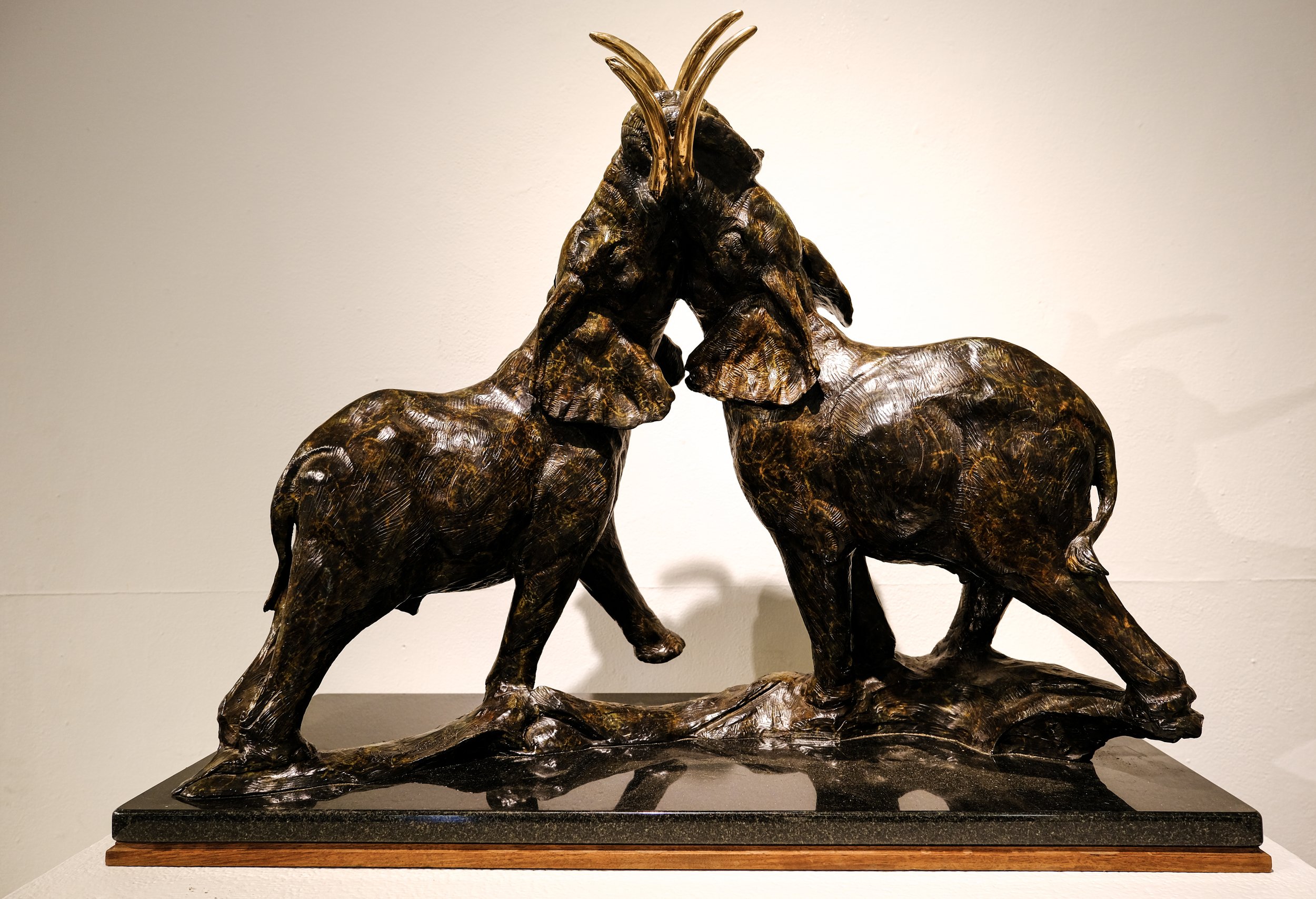

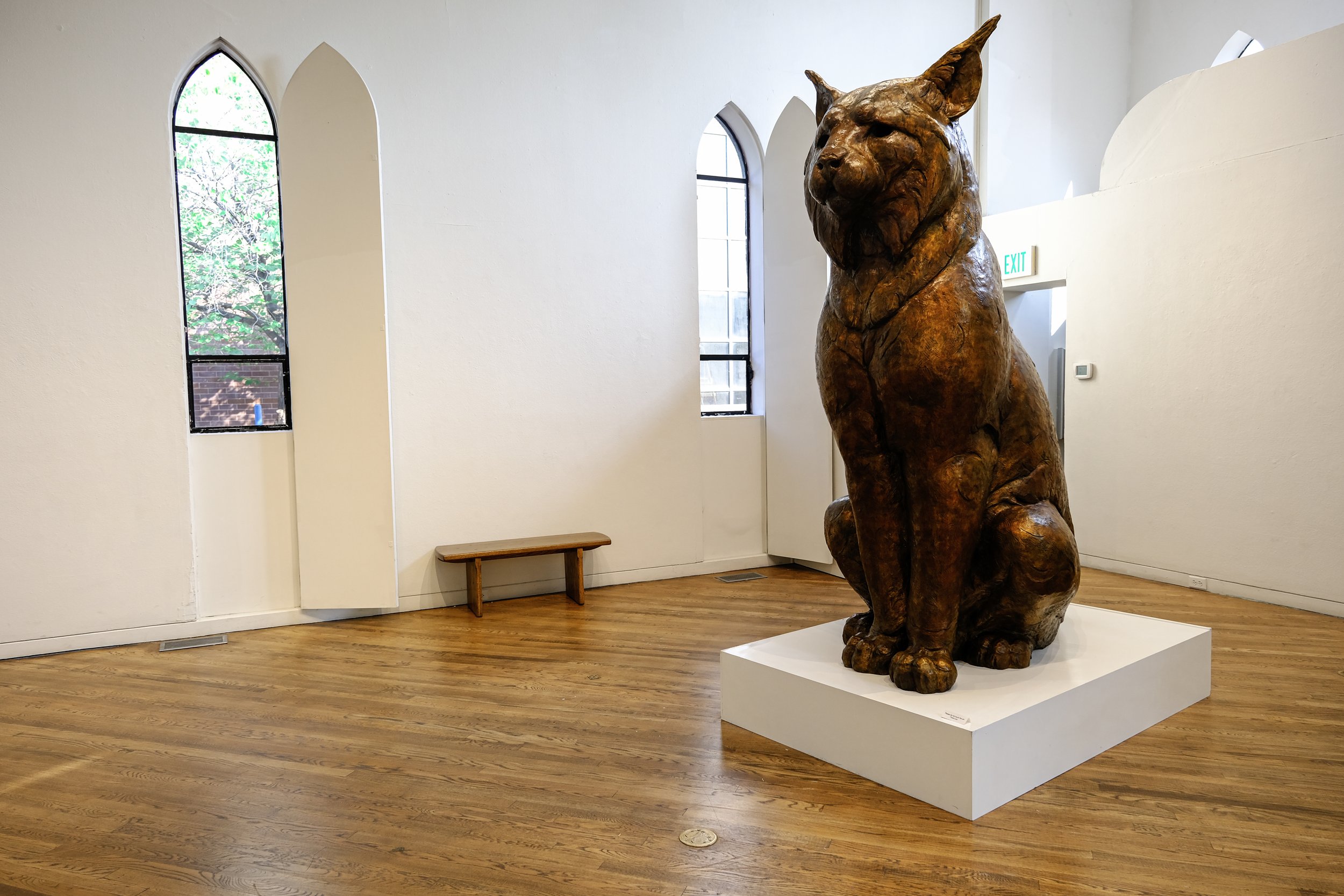
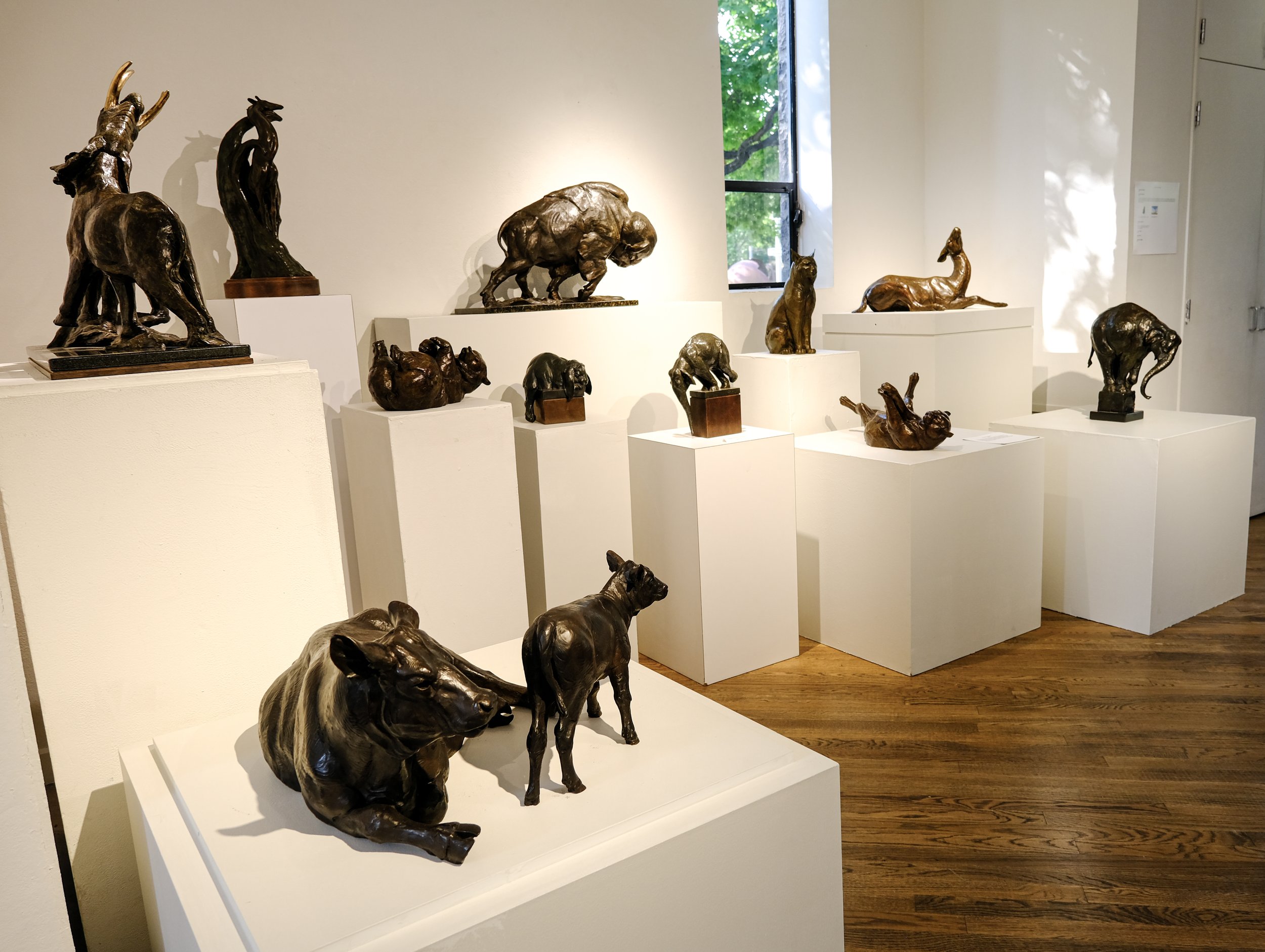
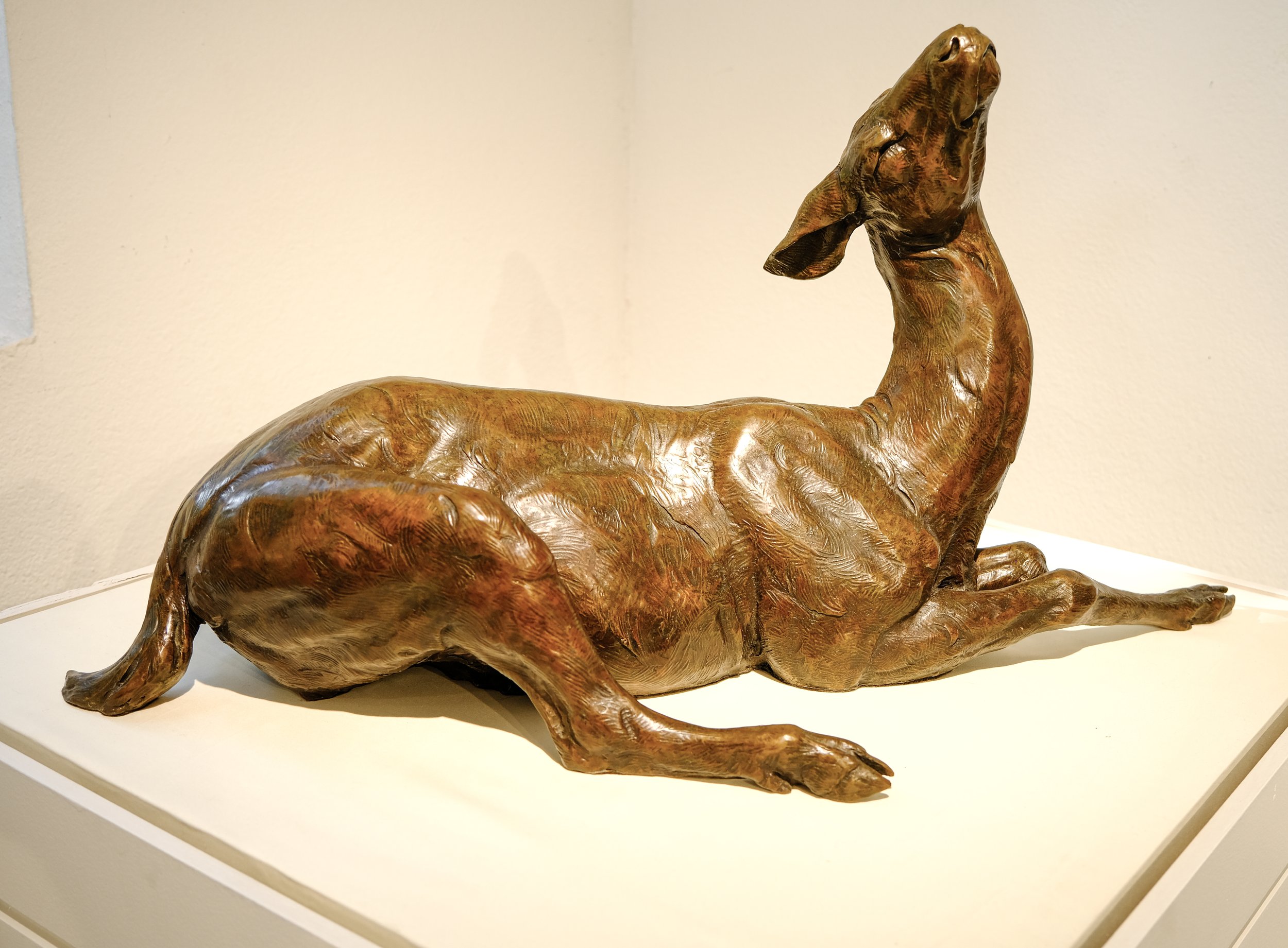
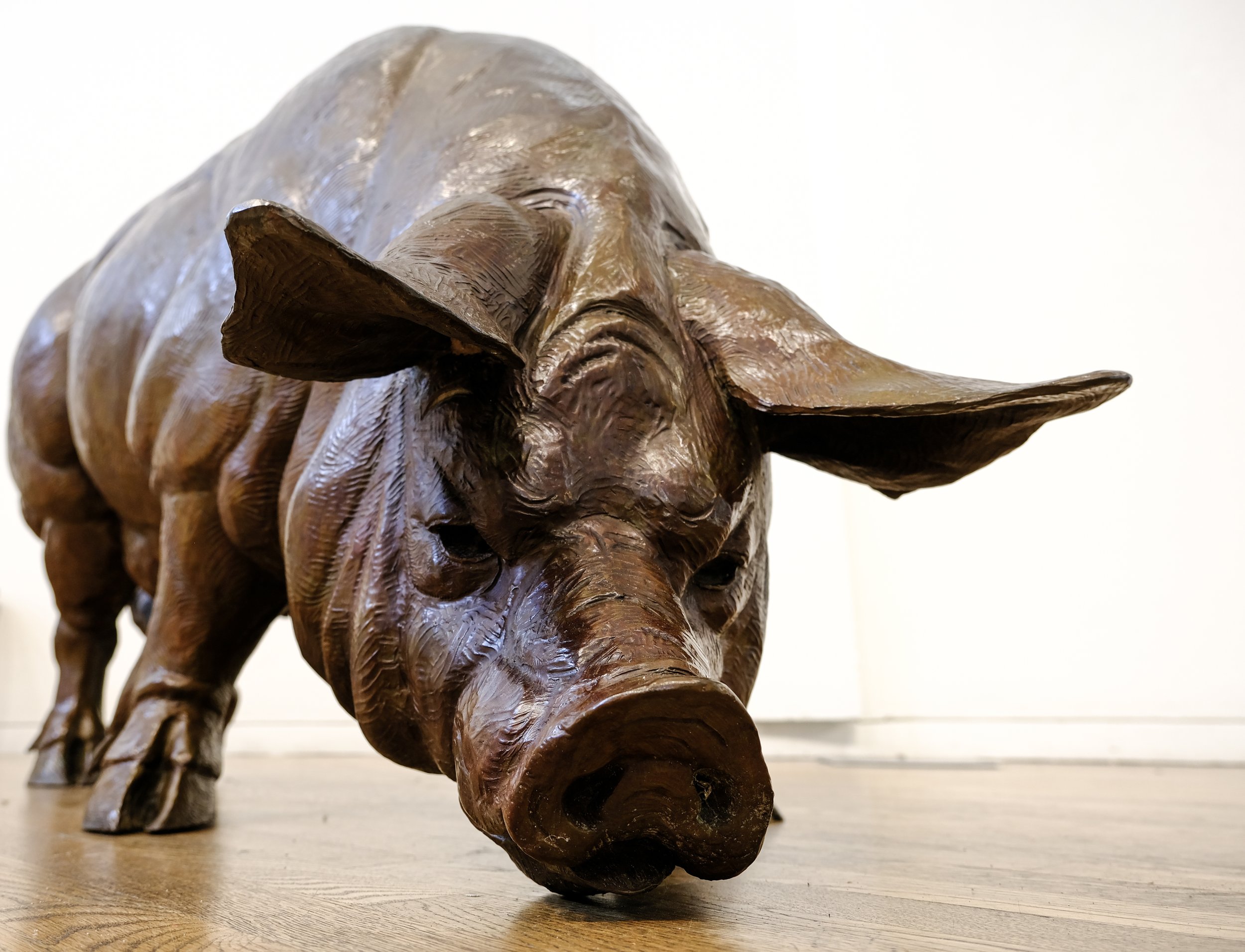
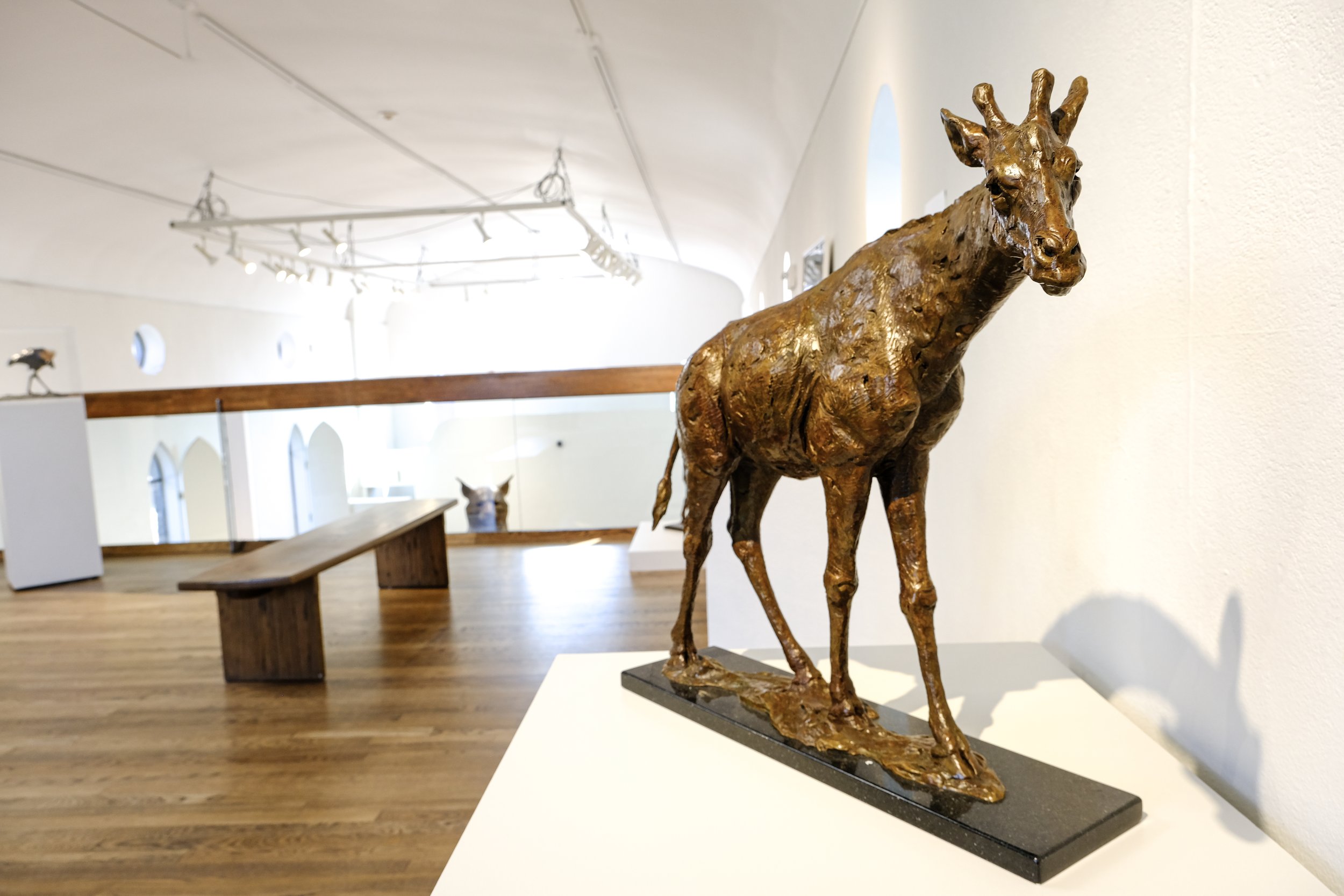
This exhibition was supported by Kevin Carson with Lifting Gear Hire.





